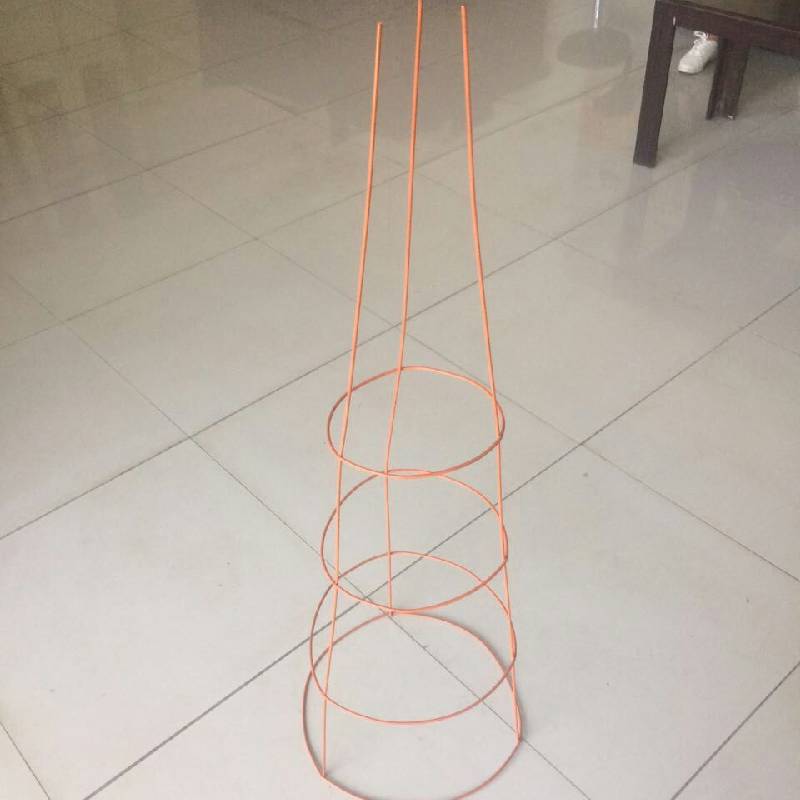
- Mobile Phone
- +8613931874955
- sales@cntcmetal.com
masonry ties to concrete
Masonry Ties to Concrete An Essential Connection in Construction
When it comes to building structures, the integrity and durability of the materials used are paramount. Among these materials, masonry and concrete are two of the most widely utilized. Masonry refers to the construction of structures from individual units, which can include bricks, stones, and concrete blocks, while concrete is a composite material made of aggregate, cement, and water. A crucial element in ensuring these materials work together effectively is the use of masonry ties to concrete.
Understanding Masonry Ties
Masonry ties are connectors that combine masonry walls to other structural elements, such as concrete walls, beams, and columns. They are essential components in modern construction, providing stability and strength to structures. The ties help mitigate the issues related to differential movement between masonry and concrete, which can occur due to factors such as temperature fluctuations, moisture changes, and settling.
There are various types of masonry ties, including flat ties, ladder ties, and steel ties, each designed for specific applications. For instance, ladder ties resemble a ladder and are typically used to connect masonry walls to concrete frames. On the other hand, flat ties may be employed to provide lateral support and ensure even weight distribution across the structure.
Importance of Masonry Ties
1. Structural Integrity The primary role of masonry ties is to ensure that masonry walls are securely anchored to concrete structures. This connection enhances the overall stability of the building, preventing issues such as cracking or separation that may occur over time.
2. Load Distribution By connecting masonry and concrete, ties help distribute loads evenly across both materials. This is particularly important in multi-story buildings, where the weight of the structure can exert significant pressure on walls and foundations. Proper load distribution reduces the risk of structural failure.
3. Resistance to Forces Buildings are subject to various forces, including lateral forces from wind or seismic activity. Masonry ties provide the necessary resistance to these forces, allowing buildings to withstand external pressures while maintaining their structural integrity.
4. Thermal Expansion and Contraction Concrete and masonry materials expand and contract at different rates when subjected to temperature changes. Masonry ties accommodate this movement, reducing the likelihood of stress concentrations that could lead to cracking.
masonry ties to concrete

5. Moisture Management Ties can also help manage moisture flow between masonry and concrete elements. Properly designed ties can prevent water infiltration, minimizing the risk of deterioration and mold growth within the walls.
Best Practices for Installation
To ensure the effective performance of masonry ties, several best practices should be followed during installation
- Correct Placement Masonry ties should be installed at appropriate intervals to provide adequate support. The spacing and anchoring methods depend on the specific design and load requirements of the project.
- Material Selection The choice of tie material is crucial. Common materials include galvanized steel and stainless steel, which provide resistance to corrosion and increase the lifespan of the ties.
- Adherence to Codes and Standards Local building codes and standards should be followed when selecting and installing masonry ties. These regulations ensure that construction practices meet safety and performance requirements.
- Regular Inspection Periodic inspections of masonry ties should be conducted to identify any signs of wear, corrosion, or damage. Early detection of issues can lead to timely repairs, extending the lifespan of the entire structure.
Conclusion
Masonry ties play a pivotal role in the connection between masonry and concrete in construction. Their ability to provide structural integrity, load distribution, and resistance to environmental forces makes them indispensable in modern building practices. By understanding the importance of masonry ties and adhering to best installation practices, builders can enhance the durability and safety of structures, ultimately providing a secure environment for occupants. Whether constructing residential homes or commercial buildings, the thoughtful integration of masonry ties into the design is essential for achieving long-lasting and resilient structures.
share:
-
Yard Sign Stakes: Reliable Guardians of Outdoor SignsNewsAug.04,2025
-
Wall Ties: Invisible Guardians of Building StabilityNewsAug.04,2025
-
Resilient Web: The Super Guardian Power of Concrete MeshNewsAug.04,2025
-
Masonry Accessories: A versatile assistant on building foundationsNewsAug.04,2025
-
Iron Binding Wire: the 'invisible reinforcement specialist' in the fields of architecture and industryNewsAug.04,2025
-
Dynamic Spring: The diverse functions and excellent performance of Wire Tension SpringNewsAug.04,2025
-
Your Source for Concrete Wall Ties and Masonry AccessoriesNewsJul.10,2025



















